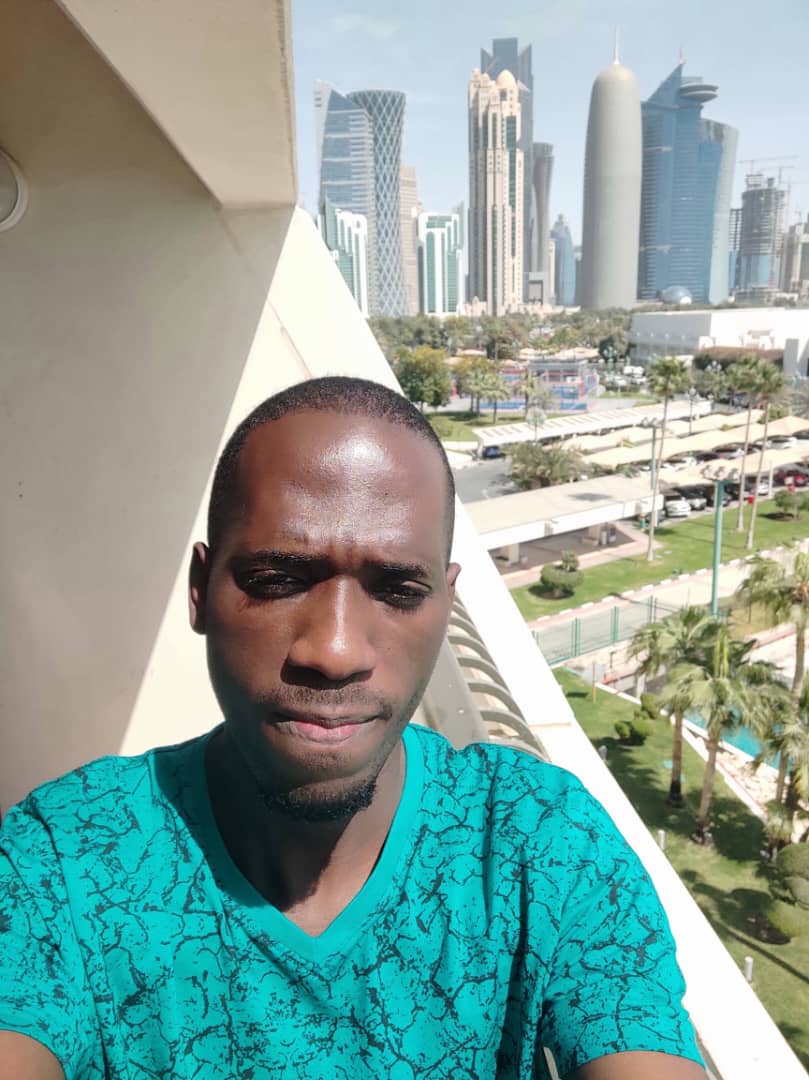Matthew Henson was an African American explorer who is best known for his role as the co-discoverer of the North Pole with Robert Edwin Peary in 1909. Henson’s contributions to exploration were significant, as he was the first African American to explore the Arctic and make significant discoveries. His life and accomplishments continue to inspire people today.
Matthew Henson’s Background and Upbringing.
Matthew Henson was an African American explorer who is best known for his role in the discovery of the North Pole. Henson was born on August 8, 1866, on his parent’s farm in Nanjemoy, Maryland. His parents were free people of color who worked as sharecroppers, but both died when Henson was a child, and he was sent to live with an uncle in Washington, D.C.
At the age of 12, Henson left school and traveled to Baltimore to start his career as a seaman. Henson worked as a cabin boy on a merchant ship for six years, during which time he learned how to read, write, and navigate2.
These skills would prove invaluable to him later in life when he accompanied Robert E. Peary on his expeditions to the Arctic. Henson’s experiences at sea likely sparked his interest in exploration and adventure, which would later lead him to accompany Peary on his expeditions to the Arctic.
Henson played a crucial role in Peary’s expeditions, serving as his personal assistant and navigator. On April 6, 1909, Peary, Henson, and the rest of their team made history, becoming the first people to reach the North Pole.
Despite his significant contributions to the expedition, Henson’s accomplishments were largely ignored by the media and the public due to racism. However, in recent years, Henson’s legacy has been recognized, and he is now celebrated as a pioneering African American explorer
II. Early Life and Family.
Matthew Henson was born on August 8, 1866, in Charles County, Maryland. His parents were freeborn Black sharecroppers who worked on a farm. Unfortunately, Henson lost his mother at a young age, and his father moved the family to Washington, D.C., in search of work opportunities. Henson was orphaned at a young age and was sent to live with his uncle in Baltimore.
III. Life at Sea.
At the age of 12, Henson went to work as a cabin boy on a merchant ship, having been fascinated by stories of the sea. He spent the next six years at sea, receiving an education from the captain of the ship.
Later, while working in a store in Washington, D.C., he met Robert E. Peary, who hired him in 1887 as a valet for his next expedition to Nicaragua. Peary was impressed with Henson’s ability and hired him for subsequent expeditions.
In order to understand more about him, consider reading this other article we wrote: What Were Some of the Challenges that Matthew Henson Faced During His Expeditions With Robert Peary?
IV. Exploration Accomplishments.
Henson accompanied Peary on seven voyages to the Arctic, and on April 6, 1909, Peary, Henson, and the rest of their team made history, becoming the first people to reach the North Pole.
Henson was an integral part of the expedition, serving as Peary’s most trusted companion and assistant. Henson’s account of the journey, “A Negro Explorer at the North Pole,” was published in 1912.
V. Later Life and Legacy.
After the expedition, Henson spent the next three decades working as a clerk in a New York federal customs house. He retired in 1936 and lived in New York City until his death in 1955. Despite his significant contributions to exploration, Henson’s achievements were largely overlooked during his lifetime.
However, in 1988, at the request of Dr. S. Allen Counter of Harvard University, President Ronald Reagan granted an exception to Arlington National Cemetery’s burial policy, allowing for the bodies of Henson and his wife, Lucy Ross Henson, to be reinterred at Arlington with full military honors.
When and where was Matthew Henson born?
Matthew Alexander Henson was born on August 8, 1866, on his parent’s farm in Nanjemoy, Maryland. His parents were free people of color who worked as sharecroppers. Henson’s parents died when he was young, and he was sent to live with an uncle in Washington, D.C.
What was the occupation of Henson’s parents?
Henson’s parents were sharecroppers1. Sharecropping was a system of agriculture that emerged in the South after the Civil War, in which landowners allowed tenants to use their land in exchange for a share of the crops produced. Sharecropping was a difficult and exploitative system that kept many African Americans in poverty.
What challenges did Henson’s parents face?
Henson’s parents faced many challenges as sharecroppers in the post-Civil War South. They were subjected to attacks by the Ku Klux Klan and other white supremacist groups, who sought to maintain white supremacy and prevent African Americans from gaining political and economic power. The sharecropping system was also exploitative and kept many African Americans in poverty.
How did Henson become interested in the sea?
Henson became interested in the sea at a young age1. At the age of 12, he went to work as a cabin boy on a merchant ship, having been fascinated by stories of the sea. Aboard the ship for six years, he learned how to read, write, and navigate.
What did Henson learn while working as a cabin boy on a merchant ship?
While working as a cabin boy on a merchant ship, Henson learned how to read, write, and navigate. These skills would prove invaluable to him later in life, when he accompanied Robert E. Peary on his expeditions to the Arctic.
How did Henson meet Robert E. Peary?
Henson met Robert E. Peary while working as a clerk in a Washington, D.C. hat shop. Peary was planning a surveying expedition to Nicaragua, and upon learning of Henson’s sailing and navigation experience, he hired him as his personal valet. This was the beginning of a long and fruitful partnership between the two men.
What was Henson’s role in Peary’s expeditions to the Arctic?
Henson played a crucial role in Peary’s expeditions to the Arctic. He served as Peary’s personal assistant, and his skills as a navigator and dog driver were essential to the success of the expeditions. Henson was also responsible for establishing friendly relations with the Inuit people, who provided invaluable assistance to the expeditions4.
What was Henson’s contribution to the expedition to the North Pole?
Henson’s contribution to the expedition to the North Pole was significant. He accompanied Peary on the final push to the Pole, and his skills as a navigator and dog driver were essential to the success of the expedition.
Henson was the first person to reach the Pole, and he planted the American flag at the site. However, due to the racism of the time, Henson’s contribution was largely ignored by the media and the public.
What was the title of Henson’s book about his journey to the North Pole?
The title of Henson’s book about his journey to the North Pole was “A Negro Explorer at the North Pole”. The book was published in 1912 and provided a detailed account of the expedition.
What was Henson’s attitude towards his accomplishment of reaching the North Pole?
Henson was proud of his accomplishment of reaching the North Pole, but he was also aware of the racism and discrimination that he faced as an African American. He was largely ignored by the media and the public, and his contributions to the expedition were downplayed. Despite this, Henson remained committed to exploring and breaking down barriers for African Americans
What did Henson’s parents do for a living and how did their occupation impact Henson’s upbringing?
Matthew Henson’s parents were free-born sharecroppers. Sharecropping was a difficult and exploitative system that kept many African Americans in poverty2. Henson’s parents died when he was young, and he was sent to live with an uncle in Washington, D.C.
The challenges that Henson’s parents faced as sharecroppers in the post-Civil War South likely impacted his upbringing and instilled in him a desire to overcome adversity and succeed in life.
What sparked Henson’s interest in the sea and how did he pursue this interest?
Henson became interested in the sea at a young age. At the age of 12, he left school and traveled to Baltimore to start his career as a seaman. Henson worked as a cabin boy on a merchant ship for six years, during which time he learned how to read, write, and navigate. Henson’s experiences at sea likely sparked his interest in exploration and adventure, which would later lead him to accompany Robert E. Peary on his expeditions to the Arctic.
What did Henson learn while working as a cabin boy on a merchant ship and how did this experience shape his future expeditions?
While working as a cabin boy on a merchant ship, Henson learned how to read, write, and navigate. These skills would prove invaluable to him later in life when he accompanied Robert E. Peary on his expeditions to the Arctic. Henson’s experience at sea also likely instilled in him a sense of adventure and a desire to explore new places and cultures.
Henson’s ability to establish friendly relations with the Inuit people, who provided invaluable assistance to the expeditions, was likely influenced by his experiences working with people from different cultures and backgrounds while at sea
VI. Conclusion
Matthew Henson’s life and accomplishments continue to inspire people today. He overcame significant obstacles to become an accomplished explorer and made significant contributions to scientific knowledge.
Henson’s legacy is a testament to the power of perseverance and determination, and his impact on exploration will be felt for generations to come. Also read: What Was Matthew Henson’s Memoir Titled, and When Was it Published?
I am an accomplished author at Fact Finders Company LLC, a renowned publishing house based in New York City. With a passion for research and a talent for writing, I have contributed to numerous non-fiction titles that explore a wide range of topics, from politics and history to science and technology. My work has been widely praised for its accuracy, clarity, and engaging style. Nice Reading here at Fact After Fact.







